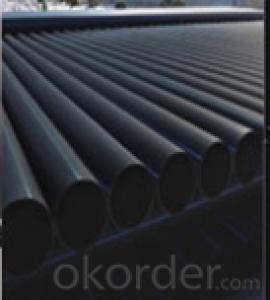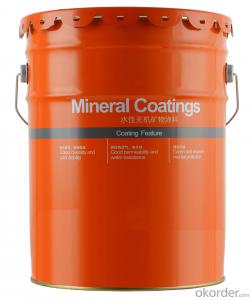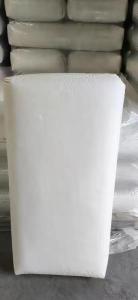High Color Gas Processing Pigment Carbon Black
- Loading Port:
- Tianjin
- Payment Terms:
- TT OR LC
- Min Order Qty:
- -
- Supply Capability:
- 10000MT m.t./month
OKorder Service Pledge
OKorder Financial Service
You Might Also Like
Carbon Black-- Master Batch
Introduction:
After investigat of current market, for master batch, colorpaste , color filter, printing ink, paint and special rubber industry, our company had adjusted production process and index, Reaching and developing the new producting ,such as M330,M326 and M220, They have high price quality compare with N330,N326 and N220.
Index Comparison (lodine absorption, g/kg)
Production | N330 | M330 | N220 | M220 | N326 | M326 |
Loadine absorption,g/kg | 82±7 | 82±2 | 121±7 | 121±2 | 82±7 | 82±2 |
DBP absorption, 10-5 m3/kg | 102±7 | 102±2 | 114±7 | 114±2 | 72±7 | 72±2 |
DBP adsorption, 10-5 M3 /kg | 83-93 | 85-91 | 93-103 | 95-101 | 64-72 | 66-70 |
CTAB surface area, 103 M3 /kg | 76-88 | 78-86 | 105-117 | 107-115 | 77-89 | 79-87 |
Tint strength,≥﹪ | 99 | 105 | 111 | 115 | 106 | 110 |
Heating lose,≤﹪ | 2.5 | 0.5 | 2.5 | 0.5 | 2.5 | 0.5 |
Ash, ≤﹪ | 0.7 | 0.3 | 0.7 | 0.3 | 0.7 | 0.3 |
45umscreening, ≤PPM | 1000 | 50 | 1000 | 50 | 1000 | 50 |
Impruity | / | . | / | / | / | / |
Lead content ≤PPM | 200 | 50 | 200 | 50 | 200 | 50 |
Safety:
As a matter of good industrial hygiene, gloves and safety glasses with side shields or better eye protection should be worn when handing Carbon Black ,For more information, refer to the MSDS

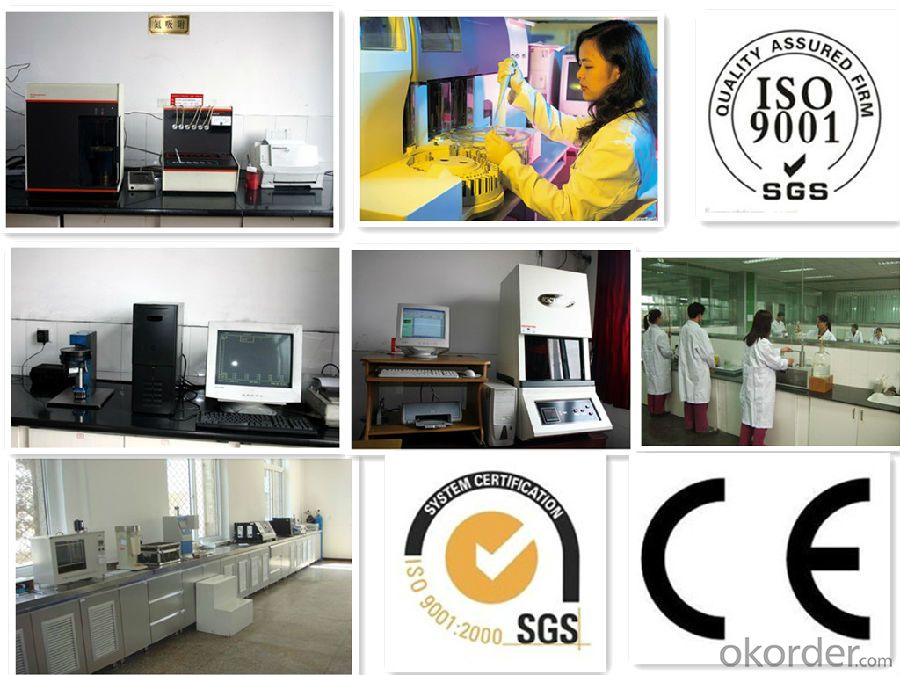
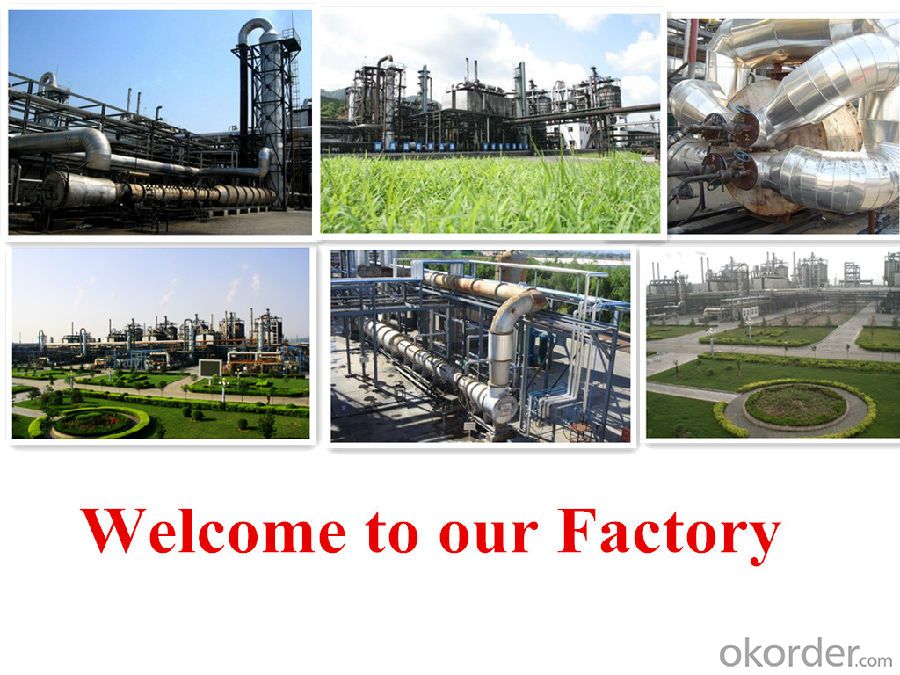
- Q:How does the chemical equation calculate the quality of the catalyst?
- Catalyst, the quality of the reaction before and after the same, the same chemical properties.
- Q:Will the catalyst decompose during the reaction between two substances? Exp:the decomposition of hydrogen peroxide.Will the manganese 4 oxide decompose?
- Catalysts are not used/destroyed in any reactions, it merely speeds up the process by lowering the reaction activation energy. It functions by being able to weaken or break the required bonds necessary in the chemical reaction (thus lowering activation energy) through temporary and weak bonding to form a complex. In this case the H2O2 molecule will bind with the MnO2 molecule due to the complimentary sites (thus forming a complex) to weaken the bonds for decomposition, but after decomposition the products (oxygen and water molecules) break off from the catalyst (as there are no more complementary sites with them) thus the catalyst will not be destroyed.
- Q:hey people i need your help about my science lab report...the question on my paper says "what function the catalyst?....please help me on this one...i would really appreciate if you leave me answers....much mahalos to all you folkss...thanks
- The answer above mine is correct. You should also note that a catalyst does not take part in the reaction: it just makes things easier as the previous person said.
- Q:Co and No form a chemical equation for Co2 and No2 under the action of a catalyst
- Write the catalyst on the horizontal line, where NO is the oxidant and CO is the reducing agent
- Q:Does the catalyst participate in chemical reactions?
- Do not participate in the reaction, before and after the reaction of the quality of the material properties have not changed
- Q:What are the catalysts?
- Some chemical reactions are not only the only catalyst, such as potassium chlorate can be thermally decomposed to catalyze the presence of magnesium oxide, iron oxide and copper oxide, etc. The definition of the chemical reaction can change the chemical reaction rate of other substances in the chemical reaction , And its own quality and chemical properties before and after the reaction did not change the material called catalyst, also known as catalyst. Catalyst in the role of chemical reaction called catalysis
- Q:Does increasing the amount of catalyst added to, say, a solution of Hydrogen Peroxide, make the rate of reaction go faster. Is the rate of reaction directly proportional to the amount of catalyst added to the solution? Or does the experiment go at the same rate regardless of how much catalyst there is? Thanks would really appreciate some answers. - Sarah
- A catalyst works by providing the optimal conditions for a reaction to occur, so the more there is, the more contact it has with the reactant/s, so the more there is, the faster the reaction will take place, until there is a point where there are too many catalyst sites for the number of reactant molecules, so it doesn't speed it up any further past that point, if it's a relatively slow reaction it may slow the process by diluting the solution too much with useless catalyst sites, but generally the reaction rate will reach a point where it will not become any faster, and stay at that maximum speed. less catalyst does mean less speed though, as the catalyst sites have more work to do. hope this helps.
- Q:woulld you be able to answer these aswell i really dont know how to do this cehmestryExplain how, and why, an atom of chlorine (Cl) and an atom of lithium (Li) would form a chemical bond with each other. (iii)Explain what is meant by electronegativity and how it can be used to determine the nature of a chemical bond. (iv)Write a note outlining what is meant by vapor pressure and explain how the concept is used to define the boiling point of a liquid.
- Because of the production of photochemical oxidants from NOx reacting with hydrocarbons in sunlight Noxer blocks are used to rid the NOx from the surroundings through The titanium dioxide (TiO2) on the bocks absorbs ultra-pink radiation from daylight which excites its electrons to a bigger orbital. On the outside of the crystals of TiO2 a reaction happens between oxygen and a high power electron from the TiO2. O2 + e? --O2 ? The excessive vigor electron is then given back to the TiO2 when water then reacts with the oxygen to present H2 O + O2 --H+ + O2 ? + OH Nitrogen dioxide is oxidised to nitrate ions as a result of the hydroxyl radical being an awfully strong oxidising agent NO2 + OH --H+ + NO3 ? The superoxide from response 3 also varieties nitrate ions from nitrogen monoxide. NO + O2 ? --NO3 ? This nitrate is washed away through rain or combines with the concrete within the block.
- Q:In the chemical reaction will have to use the catalyst reaction, such as H2O2 === (MnO2) H2O + O2 ↑, then the catalyst in the end to participate in the reaction (that is, the catalyst itself is the reactant) If so, why are some of these substances in the reaction (these substances refer to the catalyst) in the reaction after the quality and nature of the change does not change?
- In the chemical reaction can change the chemical reaction rate of other substances (both can also improve), and its own quality and chemical properties in the chemical reaction before and after the material did not change called catalyst (also known as catalyst)
- Q:Can some chemical reactions have a variety of catalysts that are correct or wrong?
- Very correct, many reactions can have a lot of catalyst. Such as hydrogen peroxide decomposition can be used manganese dioxide or fe destroy
1. Manufacturer Overview |
|
|---|---|
| Location | |
| Year Established | |
| Annual Output Value | |
| Main Markets | |
| Company Certifications | |
2. Manufacturer Certificates |
|
|---|---|
| a) Certification Name | |
| Range | |
| Reference | |
| Validity Period | |
3. Manufacturer Capability |
|
|---|---|
| a)Trade Capacity | |
| Nearest Port | |
| Export Percentage | |
| No.of Employees in Trade Department | |
| Language Spoken: | |
| b)Factory Information | |
| Factory Size: | |
| No. of Production Lines | |
| Contract Manufacturing | |
| Product Price Range | |
Send your message to us
High Color Gas Processing Pigment Carbon Black
- Loading Port:
- Tianjin
- Payment Terms:
- TT OR LC
- Min Order Qty:
- -
- Supply Capability:
- 10000MT m.t./month
OKorder Service Pledge
OKorder Financial Service
Similar products
New products
Hot products
Related keywords

